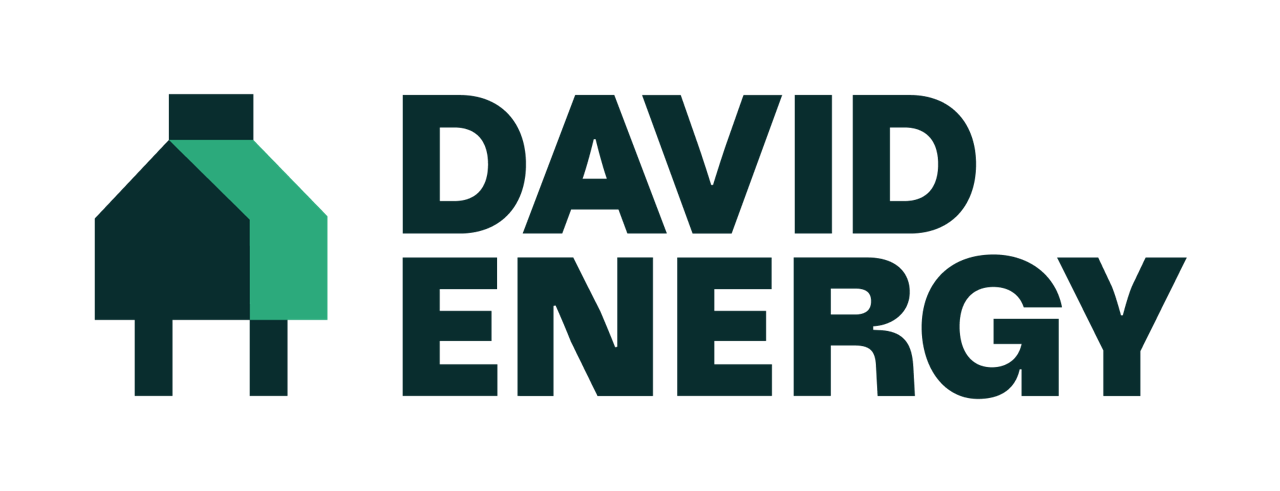Reducing Your Electric Bill
Reducing utility bills for a business can help improve profitability and sustainability. Here are several strategies to consider:
Energy Efficiency Upgrades: Invest in energy-efficient equipment, such as LED lighting, ENERGY STAR-rated appliances, and high-efficiency HVAC systems. These upgrades can significantly reduce energy consumption and lower utility bills over time.
HVAC Maintenance: Regularly maintain and tune HVAC systems to ensure they operate at peak efficiency. This includes cleaning or replacing air filters, checking for leaks in ductwork, and scheduling professional inspections and maintenance.
Smart Thermostat Installation: Install programmable or smart thermostats to optimize heating and cooling schedules based on occupancy patterns and temperature preferences. These devices can help reduce energy waste and save on heating and cooling costs.
Sealing and Insulation: Seal air leaks around windows, doors, and ductwork, and improve insulation in walls, floors, and attics. Proper insulation and air sealing can improve comfort, reduce heating and cooling loads, and lower energy bills.
Energy Audits: Conduct energy audits to identify areas of inefficiency and opportunities for improvement. Work with energy professionals or utility providers to assess energy usage, identify cost-saving measures, and develop an action plan for reducing utility bills.
Employee Awareness and Engagement: Educate employees about energy conservation practices and encourage them to participate in energy-saving initiatives. Simple actions such as turning off lights, computers, and other equipment when not in use can add up to significant energy savings.
Peak Demand Management: Implement strategies to manage peak energy demand and reduce demand charges. This may include shifting energy-intensive processes to off-peak hours, implementing demand response programs, or installing energy storage systems.
Renewable Energy Integration: Consider integrating renewable energy sources such as solar panels, wind turbines, or geothermal systems into your business operations. Generating renewable energy on-site can offset utility costs and reduce reliance on grid-supplied electricity.
Water Conservation: Implement water-saving measures such as low-flow fixtures, efficient irrigation systems, and water recycling technologies to reduce water consumption and lower water bills.
Utility Rate Analysis: Analyze utility bills to understand rate structures, identify opportunities for cost savings, and explore alternative utility providers or rate plans that offer better terms or incentives for energy efficiency.
By implementing these strategies and actively managing energy usage, businesses can reduce utility bills, improve operational efficiency, and contribute to environmental sustainability.
